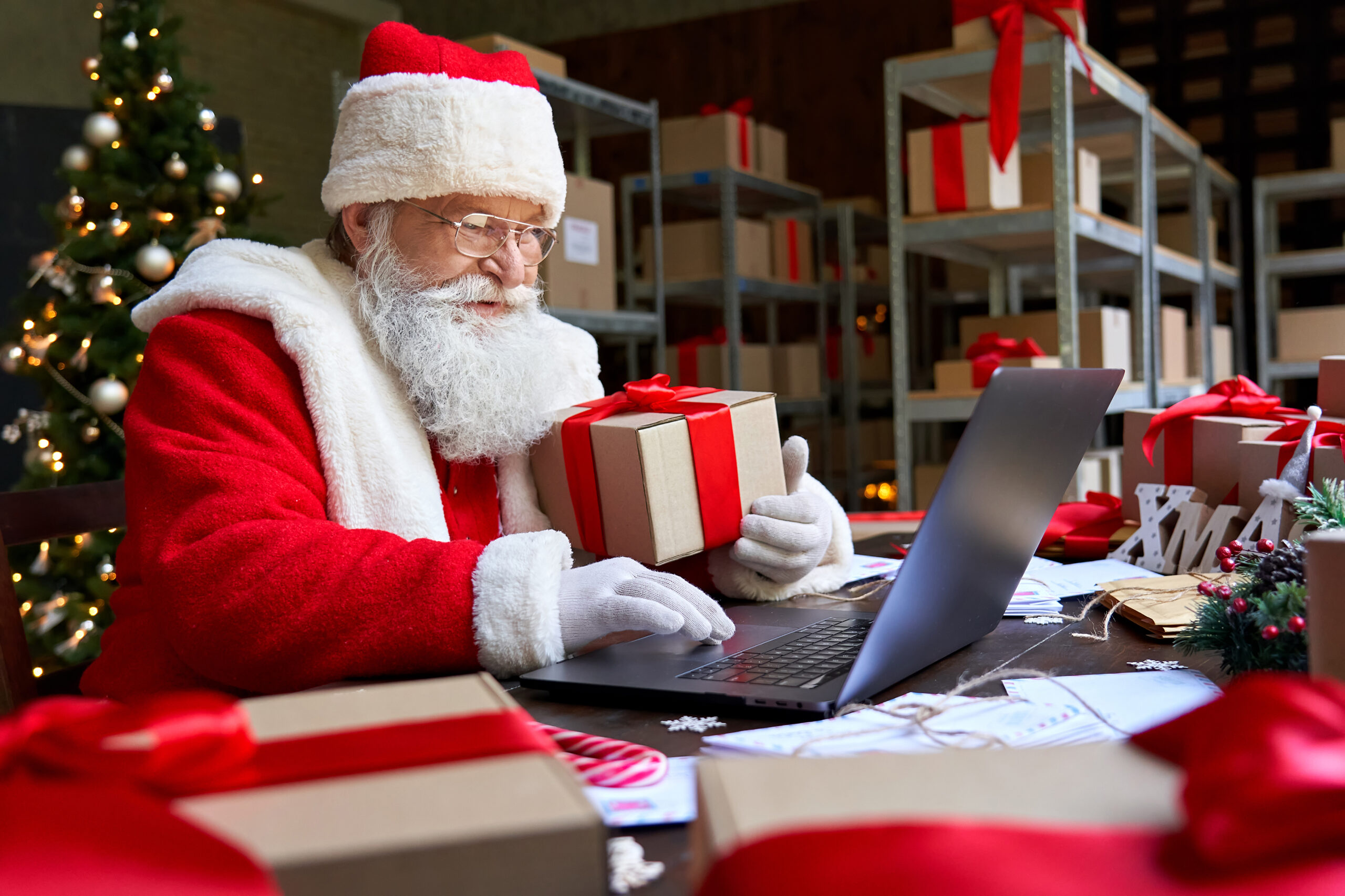What are Santa’s secrets in saving costs and carbon emissions?

This post shows how Teamcenter Product Cost Management can be used to balance cost and carbon footprint in the supply chain of Santa Claus. I hope everyone enjoys reading it. Happy Holidays!
Santa Claus captures the wonder and hearts of boys and girls each year and is an irreplaceable symbol for childlike intrigue and magic. There is much curiosity and admiration surrounding this generous, joyful gent. Not to mention, for many children, the celebration of Christmas would not be possible (or at least the same) without the tales of Santa traveling down the chimneys of each town and city across the world to deliver presents.
Christmas will soon be celebrated in some parts of the world, and we would like to put Santa’s supply chain under the microscope. Especially since he must deliver gifts to so many people on December 24. Soon it’s that time again and hundreds of children are waiting for their presents. Santa manages to deliver billions of toys to children all over the world in a single day. In doing so, he has to travel over 500,000,000 miles to reach approximately 1.7 billion children.
When we took a closer look at Santa’s skills and abilities this year, we noticed that a lot of what he does has to do with the supply chain.
- Delivery of Christmas gifts across all time zones within two days (high-speed delivery)
- Santa and his elves produce and wrap all the Christmas presents within a year in a factory at the North Pole (for about 1.7 billion children and nearly infinite production resources and probably the ability to stop/slow down time occasionally)
- He must know all the children’s Christmas wishes (planning based on the received wish lists)
It seems emissions and environmental sustainability have reached the North Pole and Santa’s huge carbon footprint hasn’t gone unnoticed. It is certainly a bit fanciful here and there, but in essence, Santa Claus also must face similar challenges as Siemens customers. Santa has had sustainability on his agenda for some time, but he is now under increasing pressure to improve the sustainability of his supply chain, not only because customers (boys and girls) demand it, but also because carbon emissions will increasingly have a financial impact due to legislation, tax breaks, and fines. There are countless ways Santa can reduce carbon emissions in his supply chain. But which measures deliver the greatest results? And do they outweigh the costs of implementing them?
How Siemens supports Santa Claus in finding the sweet spot between cost, profitability, and emissions?
Decarbonizing’ the supply chain starts with a baseline measurement. What does Santa’s supply chain currently look like, and how big is the carbon footprint? Then it’s a matter of analyzing where those CO2 emissions come from. Are they Scope 1 emissions, in other words, emissions directly caused by Santa’s factories? Or are they indirect emissions caused by the energy Santa purchases (Scope 2 emissions), for example, or by the raw materials sourced from Santa’s suppliers (Scope 3 emissions)? Since most emissions are generated upstream in the supply chain, our Teamcenter Product Cost Management solution considers all the processes from extracting raw or recycled materials and manufacturing of precursors through the production of the final product and when it leaves the company gate (cradle-to-gate). The second step is to model scenarios aiming to reduce emissions. What if the raw materials are sourced from a different supplier? Or what if one of Santa’s distribution centers is closed, or if a different mode of transport is used? With our solution, Santa can analyze the effect of every measure. It’s important to know what each measure costs and how it impacts emissions. Even the smallest change can have an impact on the whole supply chain. If Santa calculates this with a spreadsheet, it will take forever. Our solution reveals the impact in a matter of minutes. This helps Santa to make the right trade-off and determine his sustainability strategy.
An example: What is the optimal location for a new gift plant in Europe? Santa simulates with Teamcenter Product Cost Management what-if scenarios showing the best location from a cost and carbon footprint perspective. In the first scenario, the best production location from a cost perspective would be Eastern Europe. In the second scenario, Santa is simulating a movement of production as close as possible to the main raw materials supplier, which is more costly but eliminates emissions from raw material transportation. Based on costs alone, it would make sense to choose the first location. That location is optimal now, but not when Santa has to start paying for carbon emissions. Understanding all the drivers that have an impact on cost and carbon footprint helps Santa find the sweet spot between cost, and emissions.
As we move into the ‘most wonderful time of the year’, Santa has assured us that the runners are sharpened, the reindeer are at peak fitness, Rudolph’s nose is shining bright, and manufacturing is at full production – balancing cost efficiency and carbon emissions. Finally, there is not much more to prepare for Santa and it’s time for him to wish us all “Merry Christmas!”
Interested in learning more?
To learn more, read the Product Carbon Footprint fact sheet and check out the other product cost management blogs.


